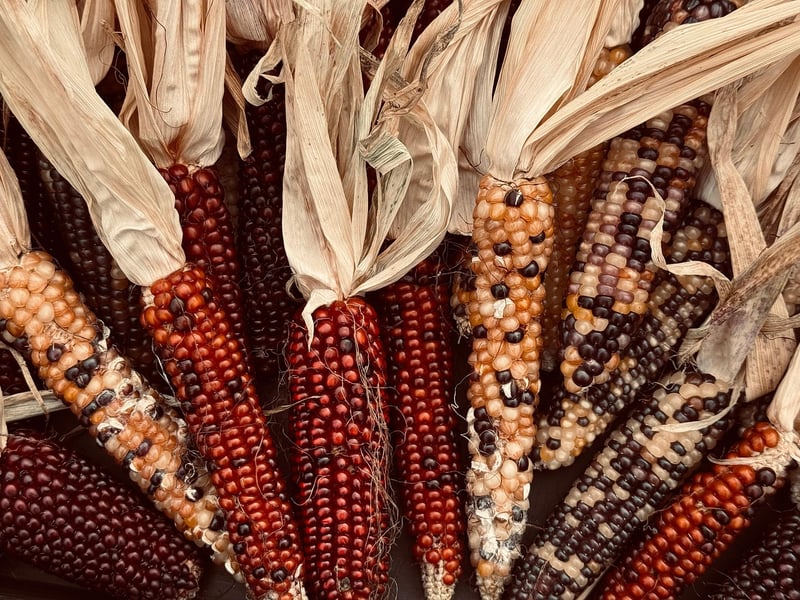Companion Planting
Protecting Your Plants Through Companion Planting
Are you looking for natural ways to protect your garden plants and boost their growth? Companion planting might just be the solution you need. By strategically planting compatible species together, you can create a harmonious ecosystem that deters pests, enhances soil quality, and promotes overall plant health. Let's delve into the world of companion planting and discover how you can use this technique to safeguard your beloved plants.
What is Companion Planting?
Companion planting is a gardening practice where different plant species are grown near each other to benefit one another in various ways. This age-old technique is based on the concept that certain plants can enhance each other's growth, repel harmful insects, attract beneficial bugs, and improve soil fertility.
The Benefits of Companion Planting
Companion planting offers a range of benefits for your garden, including:
- Natural pest control without the need for harmful chemicals
- Improved pollination and higher yields
- Enhanced nutrient uptake through complementary root systems
- Weed suppression and soil protection
- Attracting beneficial insects like pollinators and predators
Examples of Companion Planting
Here are some popular companion planting combinations that you can try in your garden:
- Tomatoes and Basil: Planting basil near tomato plants can help improve the flavor of tomatoes and repel pests like aphids and tomato hornworms.
- Marigolds and Vegetables: Marigolds emit a scent that deters nematodes and other harmful insects, making them ideal companions for a variety of vegetables.
- Corn, Beans, and Squash: Known as the "Three Sisters" in Native American gardening, these three plants support each other's growth and maximize space utilization.
Getting Started with Companion Planting
If you're new to companion planting, start small and experiment with a few combinations to see what works best in your garden. Consider factors like plant compatibility, sunlight requirements, and spacing when planning your garden layout. Observing the interactions between different plant species will help you fine-tune your companion planting strategy over time.
Embrace the natural synergy of companion planting to protect your plants, promote biodiversity, and cultivate a thriving garden ecosystem. With a bit of planning and experimentation, you can harness the power of plant relationships to nurture a healthy and vibrant garden.

Start your companion planting journey today and watch your garden flourish with vitality and abundance!
